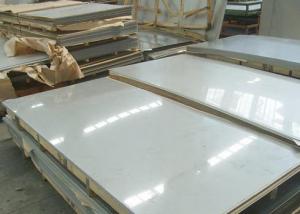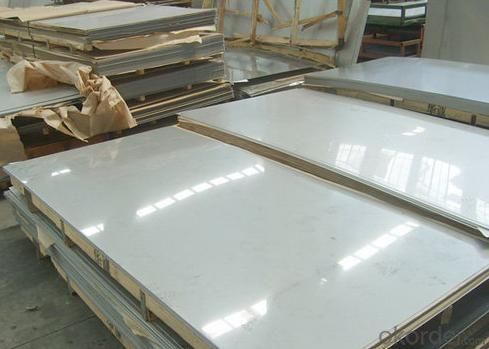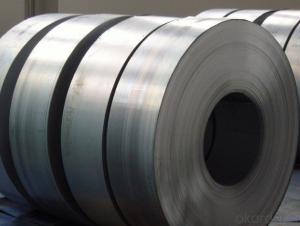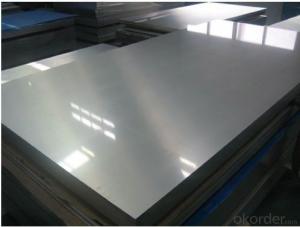444 Stainless Steel Sheet
- Loading Port:
- China Main Port
- Payment Terms:
- TT or LC
- Min Order Qty:
- 1 Ton m.t.
- Supply Capability:
- 1000 Tons Per Month m.t./month
OKorder Service Pledge
OKorder Financial Service
You Might Also Like
444 Stainless steel sheet
1. Chemical composition
|
C |
Si |
Mn |
P |
S |
Ni |
Cr |
|
max0.025 |
max1.00 |
max1.00 |
max0.04 |
max0.03 |
--- |
17.00-20.00 |
2. Mechanical properties
|
Yield Strength |
Tensile |
Elongation |
Hardness (HV) |
Hardness (HRB) |
|
≥245 |
≥410 |
≥20 |
≤230 |
≤96 |
3. Standard: AISI, ASTM, GB, EN, DIN, JIS
4. Surface: 2B, NO.1, BA, NO.4, Hairline, SB, Mirror finish, Anti-skid, Cherkered etc.
5. Size: Thickness: 0.3-3mm (cold rolled), 3-40mm (hot rolled)
Width: 1000mm or 1219mm or 1240mm for cold rolled, 1500mm for hot rolled.
Length: As customers' request.
6. MOQ: 1 Ton
7. Payment terms: T/T or L/C
8. Packing: Seaworthy package with wooden or Iron pallets with the paper and the steel strip, or as customers' request.
9. Delivery time: Usually about 7 days after we confirming the order, or according to your quantity.
If you have any question or demand, pls feel free to contact me.
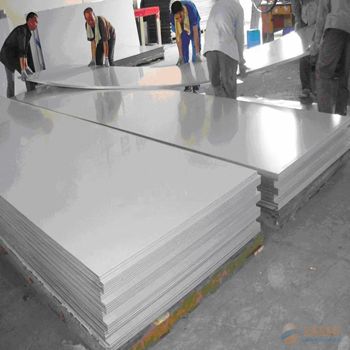
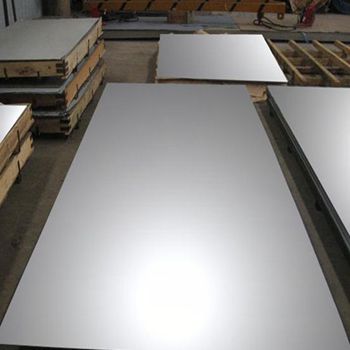

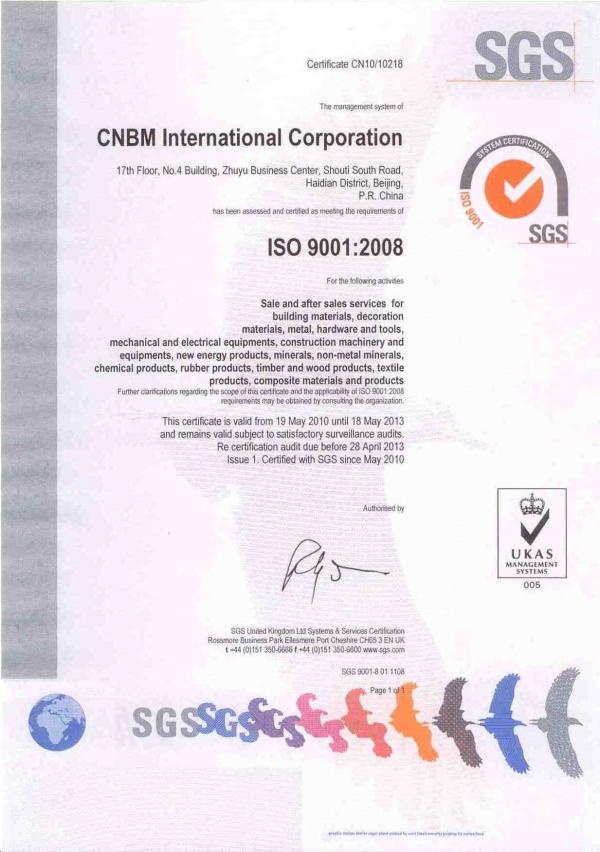
- Q: Can stainless steel strips be used in agricultural applications?
- Yes, stainless steel strips can be used in agricultural applications. Stainless steel is highly resistant to corrosion, making it suitable for use in various agricultural environments. It can be used for constructing and reinforcing agricultural equipment, such as machinery parts, fencing, and irrigation systems. Stainless steel strips also offer durability, strength, and ease of maintenance, making them a practical choice for agricultural applications.
- Q: Are stainless steel strips prone to rusting?
- Stainless steel strips are generally not prone to rusting. Stainless steel is an alloy composed mainly of iron, chromium, and other elements, which gives it corrosion-resistant properties. The addition of chromium forms a protective layer on the surface of the steel called chromium oxide, which acts as a barrier against oxygen and moisture, preventing rust formation. However, certain conditions, such as exposure to chlorides, acids, or high humidity environments, can still cause stainless steel to corrode or stain. Therefore, while stainless steel strips are highly resistant to rusting, proper care and maintenance should still be exercised to ensure their longevity.
- Q: What is the difference between hot rolled and cold rolled stainless steel strips?
- Hot rolled stainless steel strips are produced by passing the steel through a set of rollers at a high temperature, typically above 1,000 degrees Celsius. This process makes the steel more malleable and easier to form into various shapes. Hot rolled strips typically have a rough surface finish and can have a slightly rounded edge. On the other hand, cold rolled stainless steel strips are produced by passing the steel through a set of rollers at room temperature or slightly below. This process helps to improve the surface finish and dimensional accuracy of the strips. Cold rolled strips have a smoother surface finish and sharper edges compared to hot rolled strips. Another key difference between hot rolled and cold rolled stainless steel strips is the mechanical properties. Hot rolled strips tend to have a higher yield strength and are generally more ductile, making them suitable for applications that require shaping or bending. Cold rolled strips, on the other hand, have a higher tensile strength and are generally harder, making them ideal for applications that require strength and durability. In terms of cost, hot rolled stainless steel strips are generally cheaper to produce compared to cold rolled strips. However, due to the additional processing steps involved in cold rolling, the cost of cold rolled strips is often higher. Overall, the choice between hot rolled and cold rolled stainless steel strips depends on the specific requirements of the application. Hot rolled strips are suitable for applications where shaping or bending is necessary, while cold rolled strips are preferred for applications that require strength and a smooth surface finish.
- Q: Can stainless steel strips be cut or shaped?
- Yes, stainless steel strips can be cut and shaped. They are highly malleable and can be easily manipulated using various cutting and shaping tools, such as shears, plasma cutters, or laser cutting machines.
- Q: Can stainless steel strips be used in the food processing equipment industry?
- Yes, stainless steel strips can be used in the food processing equipment industry. Stainless steel is highly resistant to corrosion, easy to clean, and has excellent hygienic properties, making it suitable for use in food processing equipment. It is commonly used for manufacturing food handling and preparation equipment, such as conveyor belts, cutting blades, mixing tanks, and storage containers.
- Q: Are stainless steel strips suitable for water treatment plants?
- Yes, stainless steel strips are suitable for water treatment plants. Stainless steel is a corrosion-resistant material that can withstand exposure to water and various chemicals commonly used in water treatment processes. It offers excellent durability and longevity, making it a reliable choice for infrastructure in water treatment plants. Stainless steel strips can be used in various applications within these plants, such as piping, tanks, valves, and other equipment. Additionally, stainless steel is hygienic and easy to clean, which is essential in maintaining water quality. Overall, stainless steel strips are a suitable and beneficial material for use in water treatment plants.
- Q: Can stainless steel strips be used for solar water heaters?
- Solar water heaters can indeed utilize stainless steel strips. This material, known for its durability and resistance to corrosion, is capable of withstanding the challenging conditions of a solar water heating system. In fact, it is frequently employed in the construction of the heat exchanger, which facilitates the transfer of heat from the solar collector to the water. The thermal conductivity of stainless steel strips is exceptional, ensuring efficient heat transfer and optimal performance of the solar water heater. Moreover, stainless steel is highly resistant to scaling and mineral deposition, common issues encountered in water heating systems. In summary, stainless steel strips are a dependable and appropriate choice for solar water heaters.
- Q: Are stainless steel strips suitable for architectural signage?
- Yes, stainless steel strips are suitable for architectural signage. Stainless steel is a popular choice for architectural applications due to its durability, aesthetic appeal, and resistance to corrosion. It is a versatile material that can be easily formed into different shapes and sizes, making it suitable for creating various types of signage, including letters, logos, and plaques. Stainless steel strips offer a sleek and modern look that can complement any architectural design. They can be finished in different ways, such as brushed, polished, or etched, to achieve the desired visual effect. The material also provides excellent weather resistance, making it suitable for both indoor and outdoor signage. In addition to its aesthetic qualities, stainless steel is a highly durable material that can withstand harsh environmental conditions. It is resistant to corrosion, rust, and fading, ensuring that the signage remains visually appealing and readable for a long time. This makes stainless steel strips a reliable choice for architectural signage, especially in high-traffic areas or locations exposed to extreme weather conditions. Furthermore, stainless steel is a low maintenance material, requiring minimal upkeep to keep it in top condition. It is easy to clean and maintain, making it a cost-effective choice in the long run. Overall, stainless steel strips are a suitable option for architectural signage due to their durability, aesthetic appeal, resistance to corrosion, and low maintenance requirements. Whether for commercial buildings, residential complexes, or public spaces, stainless steel signage can add a touch of sophistication and professionalism to any architectural project.
- Q: What are the factors affecting the machinability of 111 stainless steel strips?
- There are several factors that can affect the machinability of 111 stainless steel strips. 1) Composition: The chemical composition of the stainless steel, including the presence of different elements and their ratios, can significantly impact its machinability. Elements like sulfur and phosphorus can lead to the formation of brittle compounds, making the material more difficult to machine. On the other hand, the addition of certain alloying elements like manganese, chromium, and nickel can improve machinability. 2) Hardness: The hardness of the stainless steel strips can affect their machinability. Harder materials tend to be more challenging to machine as they require more cutting force and wear out the cutting tools faster. Softer stainless steel strips are generally easier to machine. 3) Microstructure: The microstructure of the stainless steel can also play a role in its machinability. The presence of certain phases, such as retained austenite or carbides, can affect chip formation and tool wear. The grain size and distribution within the material can also impact machinability. 4) Heat treatment: The heat treatment process applied to the stainless steel strips can influence their machinability. Different heat treatment techniques, such as annealing, quenching, or tempering, can alter the material's hardness and microstructure, ultimately affecting how it can be machined. 5) Cutting parameters: The selection of appropriate cutting parameters, such as cutting speed, feed rate, and depth of cut, is crucial for achieving good machinability. Optimal cutting parameters vary depending on the specific stainless steel grade and its properties, and finding the right balance is essential for efficient and accurate machining. 6) Tool material and geometry: The choice of cutting tools and their material composition and geometry can significantly impact the machinability of stainless steel strips. Tools with higher hardness, wear resistance, and appropriate geometry for chip evacuation are generally preferred for machining stainless steel. 7) Lubrication and coolant: The use of proper lubrication and coolant during machining operations can improve the machinability of stainless steel strips. Lubricants help reduce friction and heat generation, while coolants aid in chip evacuation and prevent tool wear. By considering these factors and optimizing the machining process accordingly, it is possible to enhance the machinability of 111 stainless steel strips and achieve desired results.
- Q: Are 111 stainless steel strips suitable for water treatment facilities?
- Water treatment facilities can benefit from the use of 111 stainless steel strips. This type of stainless steel, also referred to as AISI 444, is highly resistant to corrosion, particularly in chloride environments. It is also capable of withstanding both organic and inorganic acids, making it ideal for managing different chemicals and water treatment procedures. Furthermore, stainless steel strips are simple to clean and maintain, ensuring hygienic conditions within water treatment facilities. Overall, 111 stainless steel strips are a suitable option for these facilities.
1. Manufacturer Overview
| Location | Zhejiang,China |
| Year Established | 2010 |
| Annual Output Value | Above US$16Million |
| Main Markets | Japan, South America |
| Company Certifications | ISO9001:2000; |
2. Manufacturer Certificates
| a) Certification Name | |
| Range | |
| Reference | |
| Validity Period |
3. Manufacturer Capability
| a) Trade Capacity | |
| Nearest Port | Shanghai |
| Export Percentage | 60% |
| No.of Employees in Trade Department | 50 People |
| Language Spoken: | English;Chinese; Japanese |
| b) Factory Information | |
| Factory Size: | Above 80,000 square meters |
| No. of Production Lines | Above 8 |
| Contract Manufacturing | OEM Service Offered;Design Service Offered |
| Product Price Range | Average |
Send your message to us
444 Stainless Steel Sheet
- Loading Port:
- China Main Port
- Payment Terms:
- TT or LC
- Min Order Qty:
- 1 Ton m.t.
- Supply Capability:
- 1000 Tons Per Month m.t./month
OKorder Service Pledge
OKorder Financial Service
Similar products
Hot products
Hot Searches
Related keywords
